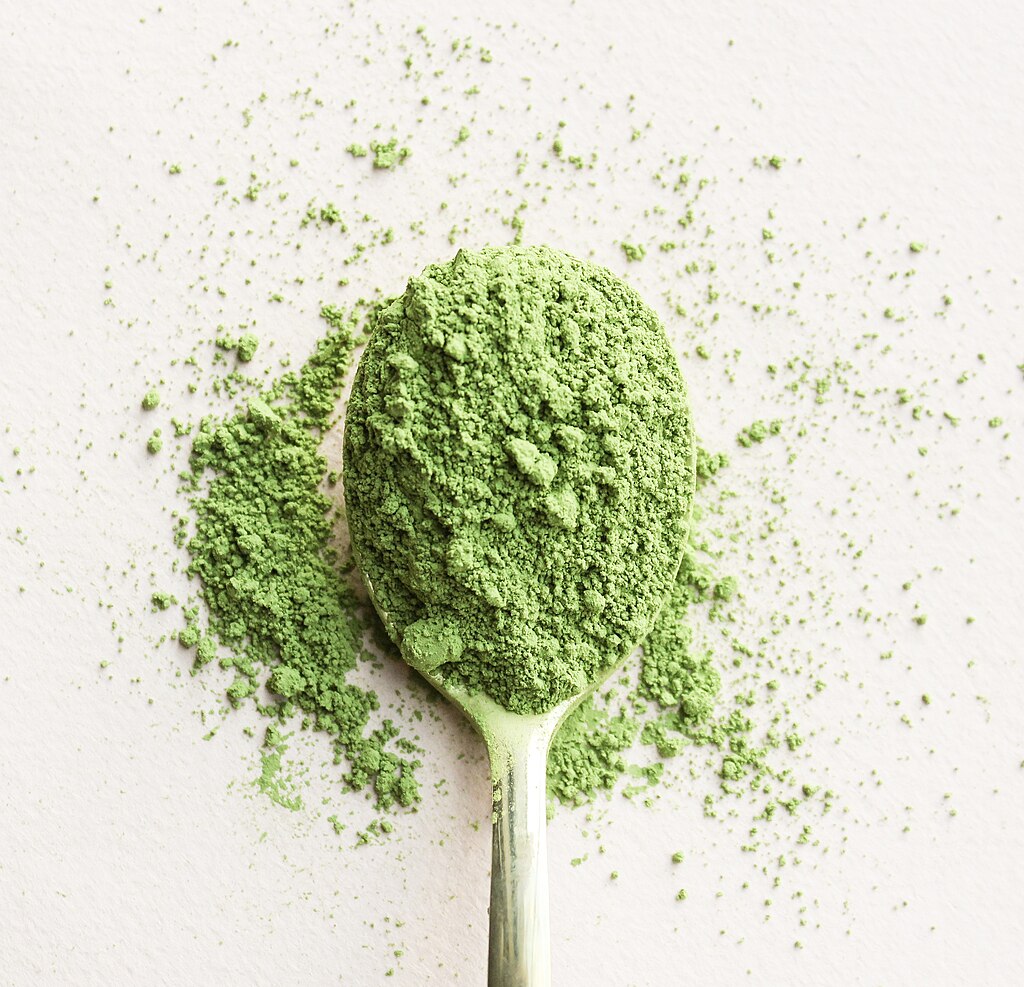Introduction
Matcha, a finely ground powder made from specially grown and processed green tea leaves, has transcended its traditional Japanese tea ceremony roots to become a global health and culinary phenomenon. Revered for its rich nutrient profile, matcha offers a unique blend of vitamins, minerals, and antioxidants, notably catechins, which have been linked to numerous health benefits. Beyond its health accolades, matcha’s versatile flavor has inspired a myriad of culinary creations, from beverages to desserts. This guide delves into the multifaceted world of matcha, exploring its health benefits, offering a selection of recipes, and providing tips to integrate this superfood into your daily routine.
Thank you for reading this post, don't forget to subscribe!Chapter 1: The Health Benefits of Matcha
Matcha is more than just a trendy ingredient; it’s a powerhouse of health benefits. Unlike other teas, matcha involves consuming the whole tea leaf in powdered form, which maximizes its nutrient intake.
- Antioxidant Richness: Matcha is packed with catechins, powerful antioxidants that fight against cell damage and reduce inflammation.
- Enhanced Brain Function: The combination of caffeine and L-theanine in matcha can improve brain function, enhancing attention, memory, and reaction times.
- Heart Health: Regular consumption of matcha has been associated with reduced levels of bad cholesterol and blood pressure, contributing to heart health.
- Weight Management: Matcha can boost metabolism and increase fat burning, both of which are beneficial for weight management.
- Detoxification: The high levels of chlorophyll in matcha not only give it its vibrant green color but also aid in detoxifying the body.
Chapter 2: Culinary Uses of Matcha
Matcha’s unique taste, a blend of umami, sweetness, and bitterness, makes it a versatile ingredient in the kitchen. Here are some ways to incorporate matcha into your culinary repertoire:
- Matcha Tea: The traditional way to enjoy matcha. Whisking the powder with hot water creates a frothy, revitalizing drink.
- Smoothies: Adding matcha to your morning smoothie can give you a burst of energy and nutrients.
- Baked Goods: Matcha can be incorporated into cakes, cookies, and bread for a touch of color and a health boost.
- Desserts: From matcha ice cream to cheesecakes, the powder adds a sophisticated flavor to sweet treats.
- Savory Dishes: Matcha can also be used as a seasoning in savory dishes, adding a unique twist to meats and vegetables.
Chapter 3: Selecting and Storing Matcha
Not all matcha is created equal. The quality of matcha can greatly affect both its health benefits and its culinary uses.
- Ceremonial vs. Culinary Grade: Ceremonial grade matcha is best for drinking, while culinary grade is suitable for cooking.
- Color and Texture: High-quality matcha has a vibrant green color and a fine texture.
- Storage: Matcha should be stored in an airtight container away from light and moisture to preserve its flavor and health properties.
Chapter 4: DIY Matcha Recipes
Incorporating matcha into your diet can be both delicious and nutritious. Here are some simple recipes to get you started:
- Matcha Latte: Mix matcha powder with hot water, then add steamed milk and a sweetener of your choice.
- Matcha Energy Balls: Combine matcha with nuts, dates, and coconut flakes for a healthy snack.
- Matcha Pancakes: Add matcha powder to your pancake batter for a green twist on a breakfast classic.
Chapter 5: Matcha for Wellness and Beauty
Beyond its consumption, matcha’s antioxidant properties make it a valuable ingredient in wellness and beauty routines.
- Skin Care: Matcha masks can reduce inflammation and improve skin elasticity.
- Stress Reduction: The L-theanine in matcha promotes relaxation and well-being.
- Detox Baths: Adding matcha to your bath can detoxify the skin and relax the body.
Frequently Asked Questions
1. Is matcha better for you than regular green tea? Yes, because matcha involves consuming the whole leaf, it provides more nutrients and antioxidants than steeping green tea leaves.
2. Can matcha help with weight loss? Matcha can boost metabolism and increase fat burning, which may aid in weight loss when combined with a healthy diet and exercise.
3. How much matcha should I consume daily? For health benefits without overdoing caffeine, 1-2 teaspoons of matcha powder per day is recommended.
4. Can matcha improve my skin? Yes, the antioxidants in matcha can help reduce inflammation and improve skin health when applied topically or consumed.
5. Is matcha suitable for everyone? While matcha is safe for most people, its caffeine content may not be suitable for those sensitive to stimulants or pregnant women. Consult a healthcare provider if unsure.
Conclusion
Matcha stands as a testament to the power of traditional foods in modern health and culinary practices. Its comprehensive health benefits, combined with its culinary versatility, make it a must-have ingredient for anyone looking to enhance their diet with nutrient-rich foods. By incorporating matcha into your daily routine, whether through a simple morning tea or more elaborate recipes, you can enjoy its myriad benefits. Embrace the magic of matcha and let it transform your health and culinary experiences.





